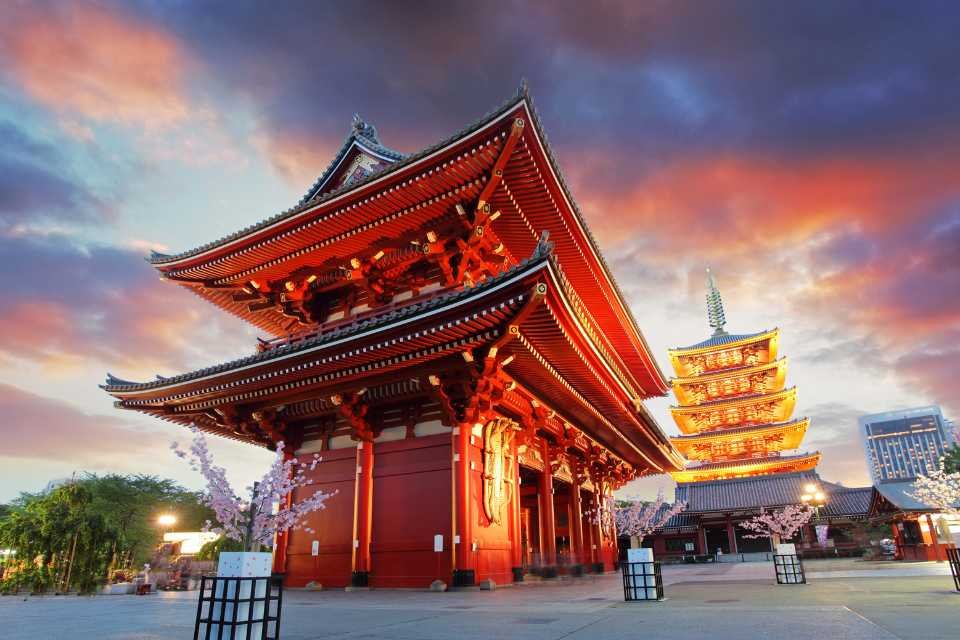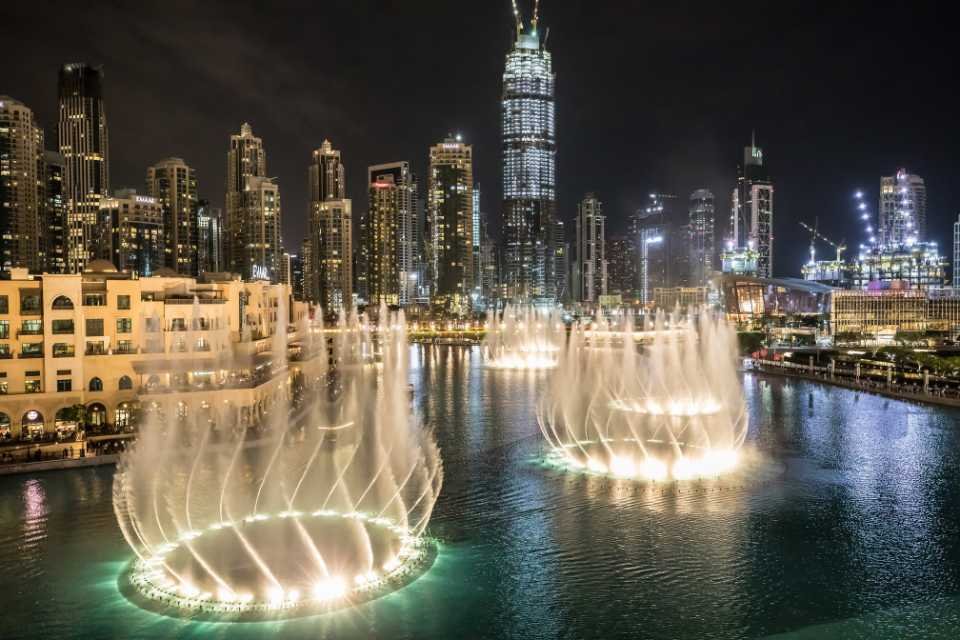The ultimate Chichen Itza travel guide
Our top tips for visiting the Chichen Itza Mayan ruins
Chichen Itza, with its centuries-old ruins, is unquestionably one of Mexico's most popular archaeological sites and tourist destinations. The mysterious Mayan pyramids never fail to awe even the most seasoned travellers, despite the fact that the crowds can be intimidating during peak season.
Chichen Itza is a UNESCO World Heritage Site and one of the "New Seven Wonders of the World" due to its impressive temples, sacred sinkholes, and mysterious Mayan ballcourts. This legendary site is easily accessible from the tourist hotspots of Merida and the nearby Riviera Maya on the Yucatan Peninsula.
Here is our comprehensive guide to the Mayan ruins of Chichen Itza to help you avoid the crowds and make the most of your time in Mexico.
History of Chichen Itza
Chichen Itza emerged from the Yucatan's dense jungles around the sixth century A.D. and became an important city. Chichen Itza had grown into a sprawling metropolis by the 10th century, with a thriving trade network that extended all the way to the Caribbean.
Pilgrims travelled from all over the Mayan world to visit the city's temples and sacred cenotes (natural sinkholes filled with fresh water) (although Chichen Itza never had the power or riches that other Mayan cities, such as Tikal or Palenque, could claim).
The city's temples and ballcourts are all that are visible today. After the elite were overthrown in the 12th century, the Maya civilization began to decline, and Chichen Itza was abandoned and left to fall into ruin. When the Spanish conquistadors finally arrived at Chichen Itza in the 16th century, the once-great city had been abandoned for centuries, and the jungle had reclaimed nearly all of the land.
Chichen Itza was slowly uncovered and studied beginning in the middle of the 19th century. To coincide with the temples' emergence from the jungle, the number of visitors increased. Chichen Itza's prominence as a tourist destination in Mexico has recently skyrocketed as a result of its convenient location near Cancun and the Riviera Maya.
How do you get to Chichen Itza?
Fly into Merida or Cancun, then take our Chichén Itzá tour or explore on your own with a rental car. It takes a car between two and three hours to make the trip. British Airways and Virgin Atlantic, as well as Condor Airlines out of Manchester, both offer direct flights to Gatwick.
Chichén Itzá is conveniently accessible from Merida and Valladolid, as well as Cancun and Playa del Carmen, two major tourist hubs.
Many foreign visitors come for the day on day trips from nearby beach resorts. The distance between Chichen Itza and Cancun is 185 kilometres (about a 2.5-hour drive), and the distance between Chichen Itza and Playa del Carmen is 185 kilometres.
You can get there on your own by taking a bus or renting a car, but a Chichen Itza guided tour will help you get the most out of your visit and learn more about the Maya culture. Because of Chichén Itzá's extensive past, archaeologists are still making new discoveries there, and a knowledgeable guide can fill you in on the most recent findings that haven't made it into the guidebooks.
Do you need tickets for Chichen Itza?
Yes. Tickets can be purchased in advance to skip the lines, or at the door. You should always come prepared with cash in case the credit card machines are down.
How much does it cost to enter Chichen Itza?
Taking into account fluctuations in the value of the peso, the price of a ticket was $481 Mexican pesos ($24/£17) at the time of publication, and 75 pesos of that went to the National Institute of History and Archeology (INAH) to fund additional research and excavation.
How much time do you need for Chichen Itza?
About 2.5 hours is the average amount of time spent at Chichén Itzá by tour groups. This is sufficient time to see the site's most important buildings, though archaeology enthusiasts could spend the entire day there if the sun is particularly strong. It's recommended that you set aside at least three hours.
However, we recommend setting aside a full day to visit the site so you can take your time and see everything.
When is the best time to visit Chichén Itzá?
It is best to plan a trip to Chichén Itzá, Mexico, between November and April, when the weather is pleasant and the rainy season has passed. The incredible shadow serpent of El Castillo can be seen during the equinoxes in the spring and fall, but these times are also the busiest for visitors.
Read next: When is the best time to visit Cancun?
Best things to see at Chichen Itza
A tour of Chichén Itzá with one of our guides is highly recommended, as they will be able to show you around and provide you with a more in-depth understanding of the site's history. The Maya had such sophisticated astronomical knowledge that they could accurately predict solar eclipses, and their observatory building is still standing today. Keep an eye out for the scurrying lizards and iguanas among the ruins.
El Castillo Pyramid
The stunning and massive El Castillo Pyramid, Chichen Itza's most famous building, is located in the courtyard just a few steps from the main entrance and is therefore impossible to miss.
The pyramid's 30 metre height and significance to Mayan religion and astrology make it an impressive sight. At the vernal equinox, a shadow image of a plumed serpent slithering down the pyramid's steps is cast by the sun.
There are 365 days in a year, one for each day of the solar calendar, and the pyramid has four sides like a compass with 91 steps on each side and a platform at the top (we must admit here that Maya people were pretty advanced).
Warrior Temple
There are four levels to this massive structure, each connected by a broad stairway. Near the stairwell are statues depicting what appear to be bowls used in religious rites.
Wall of Skulls
Sculptures of human heads, potentially severed in battle or as removed as part of a religious sacrifices are prominent on this rather eerie gallery.
The Sinkhole of Treasures
The magnificent Cenote Sagrado, a sinkhole some 60 metres in diameter, can be found in Chichén Itzá. The bones of young women who were sacrificed to the Mayan rain god Chaac have also been discovered here alongside countless rings, necklaces, gold, and jade objects.
The Observatory
The Observatory is one of the most intriguing structures at Chichen Itza. Possibly used as a Mayan observatory, the circular structure sits atop a steep temple mound and is only partially intact.
Either the snail-like shape of the observatory or the spiral staircase leading up to an observation area inspired the Spanish name for the temple, El Caracol (or the snail).
The Mayans used the temple to keep track of the date and thus ensure the accuracy of their calendars.
The largest ball court in Mesoamerica
This ball field at Chichén Itzá is the largest of its kind in the Americas. At this site, which was over 160 metres long and 70 metres wide, Mayan men competed in a game known as Pok Ta Pok. According to anthropologists, the point of the game was to hit a ball through a ring suspended seven metres in the air on a wall. Six players on the field for each team tried to get the ball to their captain, who took a shot with a racket. Passes could be made with any part of the body other than the hands. The first team to score a point had their captain beheaded as an offering to the gods. This was considered a high praise and a sure ticket to heaven.
Chichen Itza Tours
The best way to really appreciate and understand this important historic site is on a guided tour. The benefits include transfers to and from Chichen Itza, an expert local guide who can interpret and explain the interesting features of the ruins.
See the best Chichen Itza tours at GetYourGuide and save time and hassle.
Chichen Itza top tips
Arrive early, or late
If you want to avoid the crowds, it's best to arrive at Chichen Itza as soon as it opens at 8 a.m. The other option is to arrive around 3 in the afternoon, but by then it will be too hot to enjoy your stay and you won't have much time to explore the area.
Don’t climb the pyramids or ruins
Tourists flock to Mexico specifically to see Chichen Itza, so the country's stricter regulations reflect its status as an international draw. Please be respectful of the rules and refrain from climbing any of the nearby structures.
Keep an eye on the time
Cancun and all of Quintana Roo state are ahead of Chichen Itza and the rest of the country by one hour from October to April. Get familiar with Chichen Itza time on the day you plan to visit.
Take food and drinks
Bring your own refreshments unless you plan on spending an arm and a leg on a mediocre meal.
Bring cash
There will be a cash component to the entry fee, at the very least.
Parking
Please use the designated, secure parking lot rather than the shoulder of the road to leave your rental car. Your vehicle will be safe in the parking lot overnight for only Mx 30.
More things to do nearby
If you only have a short amount of time between visiting Chichén Itzá and a cenote, consider the nearby Ik Kil cenote, which is both beautiful and convenient. However, it can get crowded, so if you're willing to drive about 40 minutes in the direction of Valladolid, you might want to check out the Xkeken and Samula cenotes instead.
A trip to Mexico should include stops at the partially restored Maya site of Coba and the smaller, less touristy ruins of Uxmal, south of Merida. Merida, which is still endowed with a certain colonial enchantment, is another city well worth visiting. Considering it was constructed on the remains of a Mayan city, it unsurprisingly boasts a vibrant cultural scene with daily events like free concerts, performances, and other cultural happenings.
Some of the natural attractions of the Yucatán Peninsula include sanctuaries for pink flamingos and crystal-clear cenotes (sinkholes) that are safe for swimming. However, the cenotes near Merida and the coast tend to have less people and are therefore better options.
You should also check out the coastal Sian Ka'an biosphere. The reserve is a safe haven for a wide range of wildlife, including jaguars, pumas, ocelots, monkeys, turtles, peccaries, and a plethora of other land and water birds. White sand beaches, warm turquoise waters, and the world-famous ruins of Tulum can all be found along the southern end of the Mayan Riviera.














